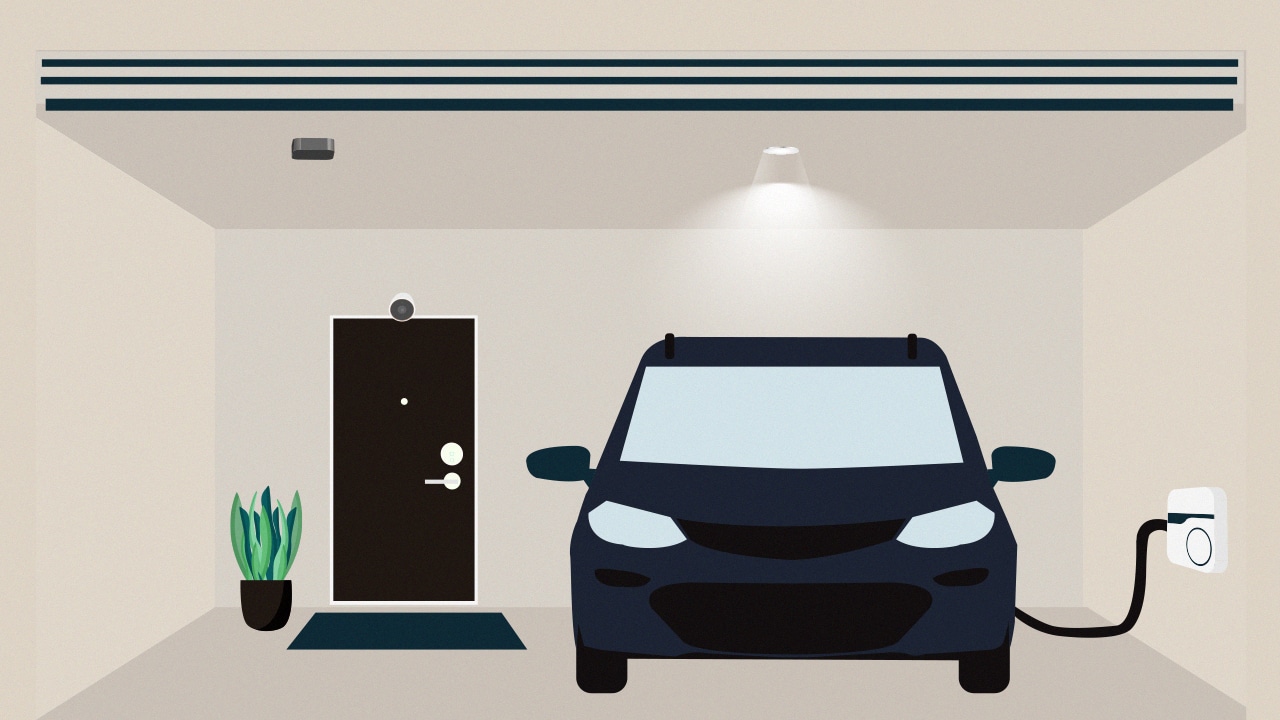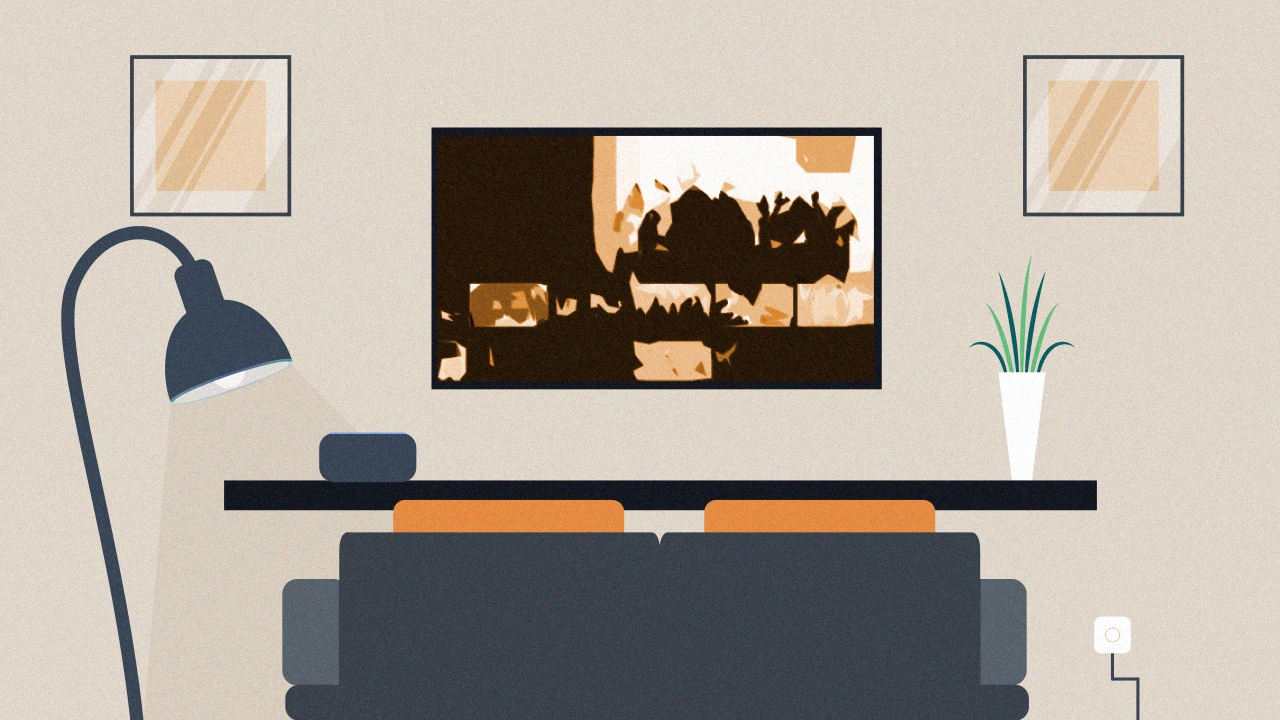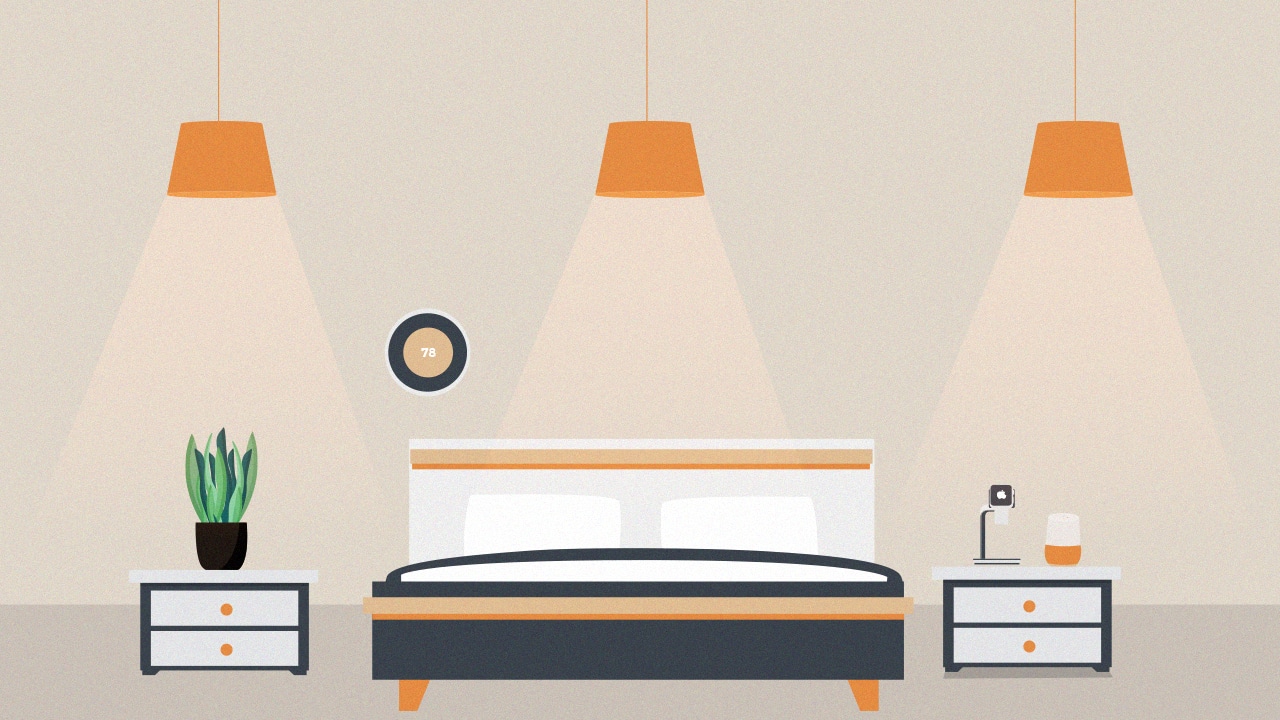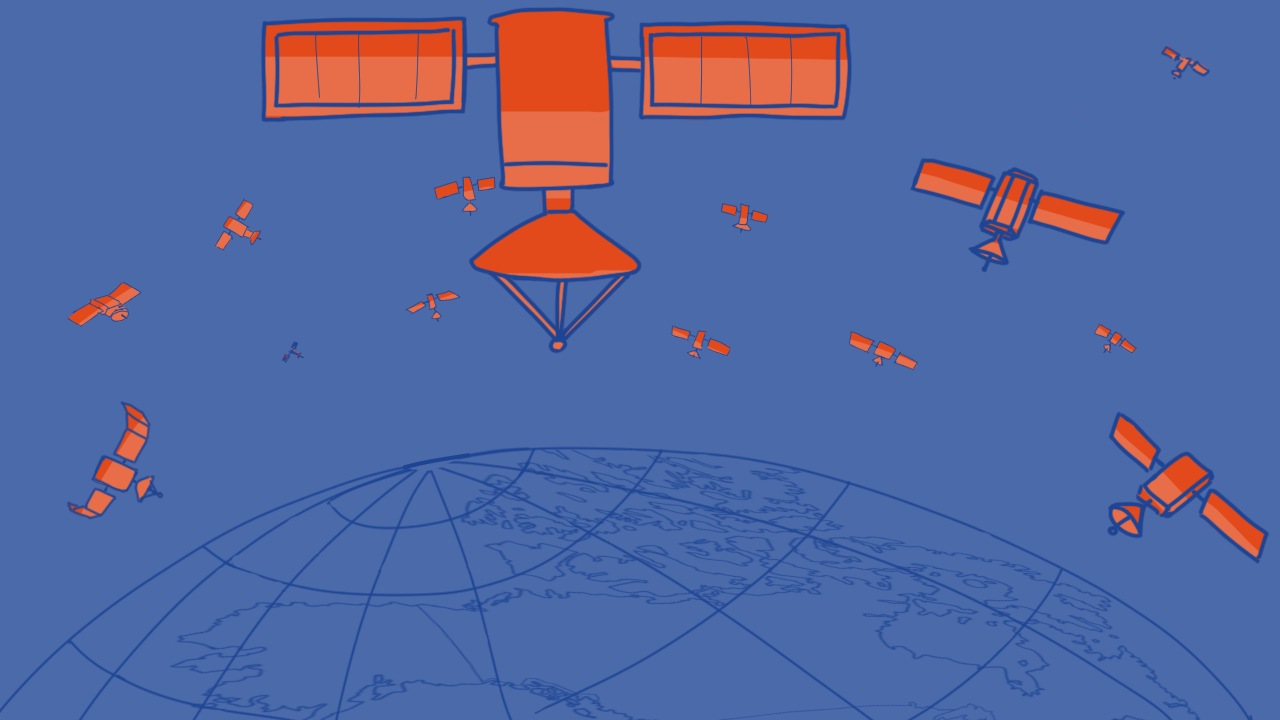Explainers
Inside the house of tomorrow: Smart home explained
The future is now

Ten years ago, smart homes belonged to the realm of science fiction. Back then, you would only see connected smart devices in TV shows like Black Mirror, rather than in cons and tradeshows.
Today, a connected household isn’t just a working theory; it’s already a reality pushed by the world’s leading tech brands. Common, everyday tasks can now be automated by artificial intelligence or simplified through voice commands.
We are living in a world where every device has a voice, whether it’s Alexa, Siri, Cortana, or the Google Assistant. While some anticipate the curiosities that the future will bring, some fear the rapid changes that a house from the future beckons.
Regardless of how you might feel about the future of futuristic abodes, living in one can still be a mystery, especially for the everyday homeowner. There are layers of tech to wade through. As with every house hunt, it’s time to take a tour of the house of tomorrow before you inevitably live in one.
Garage: letting the right one in
As you pull up into the driveway with your electric car, the garage door automatically opens to the sound of your voice. The lights go on to help you park. You climb out of the car and hook it up to the charging station on the wall.
As you head to the front door, the garage door closes behind you. The smart camera above the door detects who you are and notifies your family that you’ve arrived. The locks disengage, and you enter.
The most common elements of a smart home are those seen from the outside. If you live within a gated community, you’ve seen automatic gates open and close by themselves. You might’ve also seen electric vehicles roaming the streets already. They may be outside the house, but these machines have become essential to the smart home ecosystem. They’ve become extensions of your smart house that you can take with you wherever.
Even as you exit your garage, other smart devices are being fitted around your house. The Nest Cam IQ, for example, is a smart security camera that adds an extra oomph in security. It can record in HD, listen in on conversations, and detect familiar faces.
Having an integrated smart security system allows you to enter and exit your home without fussing with keychains and padlocks.
Living room: command center
Entering your house, you kiss your spouse hello, kick off your shoes, and watch a bit of TV before dinner. Just as you plop down onto your couch, you remember that your house security is still disabled. You ask Alexa to turn it on. You rest easy while watching the latest House of Cards episode.
The evolution of the smart home began in earnest with the living room. As it was the central hub of the entire house, the living room also became the center for the Internet of Things. The new smart home ecosystem coordinated everything from the lights to the TV to the security system — right from the comforts of your sofa.
Who hasn’t heard of a smart TV? The industry’s newest TVs integrate the internet to build a more comprehensive entertainment experience. From a device that connects to mere broadcast stations, the TV evolved to access a vast catalog of online entertainment. You could watch Netflix while searching for your favorite recipes on Google. The smart TV became the desktop of your living room.
As people spent more time interacting with their TVs, smart devices started installing themselves around the luxuries of the living room. While you’re watching a movie, you can change everything from the temperature to the lights without standing up or pausing the programming.
The Philips Hue, for example, takes control of your house’s lighting system. That’s not all. The smart bulb automates your lights’ operation for both when you’re in and out of the house. It can even change a room’s hue to set the mood.
Another example is the Ecobee 3 smart thermostat. The automated system optimizes the temperature based on your activity inside and on the temperature outside. Further, it also makes your energy usage more efficient.
Kitchen: robots get hungry, too
As you open your fridge, a voice lists down the food you have in stock. Knowing how much pasta and olive oil you have left, the voice assistant suggests pesto for dinner. You agree. Alexa, then, preheats the oven for the pasta and preps your dishwasher for the oily dishes later.
Despite the oodles of devices inside a kitchen, tech makers are only starting to optimize the room for the smart home. LG, for example, launched a series of devices that assist you even before you start preparing the dish.
Their smart refrigerator catalogs the supplies you have left. It alerts you when you’re short of ingredients and recommends recipes based on what’s inside. Plus, it even has its own entertainment system to get your groove on while you cook.
After you gather all the ingredients, the system passes the recipe down to the appliances you’ll need. A smart oven preheats to fit the temperature you need; a smart dishwasher customizes its spin cycles to wash dishes optimally.
Bedroom: the last frontier
The day is over. Before you drift off to sleep, you remember to charge your devices — iPhone X, Apple Watch — on the wireless charging stand. You set Google Home to wake you up at 7am by playing a Rihanna song.
The bedroom is the last frontier of the home of tomorrow. The bed is the last sanctuary from a life taken over by tech. That, however, won’t last. As early as now, the Internet of Things follows you even to the bedroom.
Wireless charging stations, smart thermostat panels, and security panels pervade our bedrooms, allowing us easy access to how our house works before we call it a night. A smart bed is still forthcoming, but technology is already reaching out before it inevitably comes.
With Google Home and Amazon Echo, voice assistants now lull us to sleep and wake us up in the morning. Alexa, Siri, Google Assistant, and Cortana will become the first and last voices we hear every day. The eerily human voice assistants have already lent their voices to every device in our home.
It’s only a matter of time before our house becomes a machine itself. Whether you embrace the future or shun it, technology will always find a way to make our lives easier. But don’t worry when it comes. All you’ll hear is the soothing voice of Alexa, asking how you want your meat cooked.

Explainers
ChatGPT Explained: Should we be scared of AI?
Will the talking robot take over the world?

Back in the earlier days of the internet, an emerging but short-lived trend involved chatbots who could generate conversation with whomever it talked to. Does this sound familiar? Today, a similar phenomenon is creating a lot of waves online, headed by the infamous ChatGPT. The exceedingly popular ChatGPT is turning heads out of fear that the technology will eventually upend society and eradicate a lot of jobs.
But what exactly is ChatGPT? How is it different from language programs in the past? Is the world right to worry about them?
On the rise of language learning
ChatGPT is hardly the first software to inexplicably generate comprehensible dialogue without human intervention. Decades ago, the internet hosted rudimentary versions of today’s chatbot technology. The concept is somewhat similar, though. The early versions relied on a database of responses from human users. If you asked about coffee, for example, the answer you get will likely come from the logs of another user who talked about coffee in the past.
Because the system was imperfect in its infancy, part of the appeal was trying to get the software to fumble a conversation. However, if it did mess up, you can count on it asking you what it should have said. The next time someone asks the same question, the software might mirror what you said, creating a learning process between the software and the user.
Today, chatbots — meaning those usually used by businesses today — operate in the same way. If a customer comes with a query, the software will rely on a set of responses to most appropriately address the user’s problem. If the software can’t come up with a solution, the ball usually gets passed on to a human consultant.
Is ChatGPT just another chatbot?
Though the label certainly gets thrown around, ChatGPT isn’t strictly a chatbot. Instead, the software uses GPT-3.5, a specific language model created by OpenAI. Whereas early and more rudimentary versions of the same technology can already store an unbelievable amount of information in its memory, ChatGPT can analyze billions of words and the relationship between them.
Further, OpenAI extensively trains the software, ensuring that comprehension and grammar can live up to today’s standards. The learning is supervised. In fact, the company even has a makeshift reward system to ensure that the software puts out the most appropriate response. With users also contributing to the software’s learning process, ChatGPT is quickly emerging as a powerhouse for the technology.
The results speak for themselves. While users can generate simple conversations with the software, ChatGPT can just as easily answer more extensive queries with lengthier responses. If you ask it to create an essay about Christopher Columbus, for example, it can write a lengthy piece that can easily fool a casual reader. It can even handle more speculative queries. In a sample published by the developer, ChatGPT can answer what would happen if Columbus discovered America in 2015.
What’s it good for?
Based solely on what the software can do, ChatGPT can find its purpose in today’s world. The software can improve voice assistants and chatbots all over the internet. It can make big strides in the world of automation, enabling a more responsive interface between user and software.
On a more human aspect, the software can also handle more professional jobs with simpler prompts such as those involving simple marketing copy. It can help with more ephemeral research efforts, allowing users to get simple answers for otherwise complex questions.
And, on a more technical side, ChatGPT can reportedly analyze and detect what’s wrong with a piece of coding. With the software, developers can use ChatGPT to potentially repair code without having to pore over every single line. Allowing a powerful tool to inspect code speaks volumes for a lot of applications all over the world including smart vehicles and technical machinery.
However, as with every piece of technology, users will always find a way to use something beyond what it was originally designed for. ChatGPT is now changing the world of education as students are using the software to do their homework for them. Though a lot of the sample texts look like they can fool only lower levels of education, a Wharton business school professor (via Business Insider) recently stated that he would have been fooled by a ChatGPT essay, grading a sample with a passable grade of B or B-.
Should we be scared of ChatGPT?
ChatGPT is undoubtedly rocking the world of education. While some schools have banned the technology outright, others are debating on the software’s impact on how schools are taught. Since ChatGPT deals out more factual information, could education reinvent itself to teach more personal, tailored learning, rather than just the ability to spit out memorized facts. (“Factual” might even be an exaggeration. CNET, which recently experimented with AI-written articles, discovered a plethora of errors from using the software.)
Now, education isn’t the only world in peril. The creative industry is facing an extreme challenge wherein ChatGPT can potentially cause workers their jobs. Though the danger certainly seems real, the limitations of technology are also real. ChatGPT can create comprehensible text that can fool a human, but it will likely stumble with conceptualization.
A piece of software is just software. Even if it can write an essay about existentialism, it cannot think of the concept metaphysically. In the same way, even if it can show you a photo of a parrot, it cannot think of that photo as anything but a pattern of pixels. To a language learning software, words don’t mean anything else besides their relationship with each other. It’s the same thought process as a dog learning to run to its human when its name is called. The dog doesn’t know that you just said its name (or even the mere concept of a name); it just knows to do a certain action after hearing a specific sound.
Can ChatGPT change the world? Overall, the jury is still out, but it’s unlikely that a piece of learning software can do much to replace human-centric work. Regardless, it’s important to think of how ChatGPT can improve (or detriment) humanity.
Like with other supposedly dangerous technology, the world of technology is a Pandora’s box. We can never put the genie back into the bottle. Once it’s out, it’s out. Instead of worrying about how technology can destroy the world, the more appropriate response is to figure out how it can better humanity without sacrificing anyone’s wellbeing in the process.

When you’re looking to buy a new device, which specs should you pay attention to? Which upgrades should you consider?
In this video instead of reviewing the latest new smartphone, we’re going to talk about its unsung hero: RAM.
We partnered with @MicronTech to help you understand all the magical things that you get to do on your smartphone thanks to internal memory and storage.
To find out more about Micron’s mobile memory and storage solutions and how they’re bringing mobile innovation to life, visit https://www.micron.com/solutions/mobile or watch our explainer video.
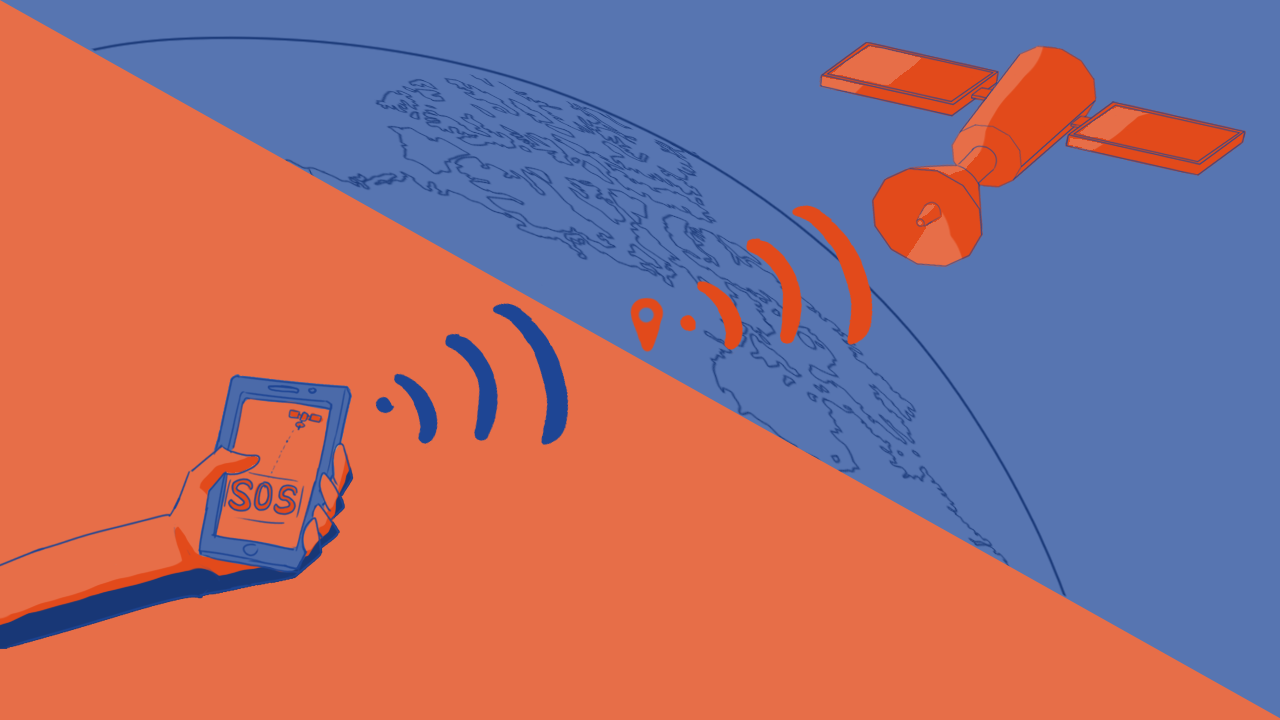
If you watched the latest Far Out event from Apple, you might have noticed the debut of a new technology coming to smartphones: satellite connectivity. Though Apple has made the biggest deal of the new feature, the technology has existed even before Apple’s announcement. In fact, various smartphone makers are also announcing their own takes to go along with Apple’s satellites.
But what exactly is satellite connectivity? Before the world gets more of the new feature, let’s take a look at this emerging technology.
Look at the sky
The night sky is filled with satellites. Though you might not see any of them with the naked eye, they are all there in low Earth orbit (LEO). As you might imagine, their uses are aplenty. Most attribute LEO satellites to imaging, navigating, and measuring data. However, one emerging use is the improvement of connectivity for consumer devices.
Now, the biggest proponent of satellite internet is Starlink, a project of Elon Musk’s SpaceX. With over 300,000 satellites, the company’s satellite constellation provides internet to several countries including areas with low coverage. In fact, the company’s services are already somewhat in the Philippines.
Satellite internet does have its benefits. While the service isn’t the fastest, it offers connectivity that regular towers can’t normally reach. Imagine being out on a hike but you suddenly remember, oh my God, you left your stove running at home. Satellite internet will allow you to connect to the internet and notify a neighbor to check if your apartment has any wayward burn marks running up its walls.
Quite a feat, isn’t it? But is this what Apple just launched?
SOS, please someone help me
Contrary to what you might think, Apple’s new satellite connectivity doesn’t offer internet. It’s also not Starlink. Instead, it’s a simple SOS messaging service through the Globalstar satellite constellation. It won’t solve your faulty 5G service. However, it’ll help you in a pinch if you find yourself lost in the middle of nowhere.
Once again, imagine you’re out hiking. Suddenly, you fall down an unseen slope and break your ankle. You find yourself miles and miles away from civilization, and no one knows where you are. Apple’s satellite connectivity can help you send an SOS message to the authorities.
Here’s how it works. When you’re in a predicament, fire up the feature and point your phone towards the satellite nearest you. (Don’t worry; the phone will tell you where it is).
Now, it might take a few seconds to a minute before the phone can connect to a satellite — especially if the skies aren’t clear or if you’re underneath a canopy of trees. It might not even connect if the skies are completely obstructed. Regardless, while it tries to connect, the phone will ask a series of questions including who needs help and if anyone was harmed. This helps the phone craft and compress the necessary information for your message.
Because the service is only for emergencies, you can’t write an essay. Apple says that it will squeeze messages three time as small to ease transmission. It’s a wide-reaching 911 call for when you can’t actually call 911.
After compressing the message, the satellite will then beam the message to a nearby relay station on the ground, which will alert authorities for you.
Who can use it?
Naturally, only Apple users who have the latest devices will have the feature for now. Also, because it’s so new, it’s only coming to the United States and Canada with the upcoming iOS 16 update later this year. Of course, it might arrive to other territories soon after the initial launch.
China, however, is a no-go. Huawei launched its own satellite connectivity, packing the feature in the new Mate 50 series. If you’re in mainland China, you’ll have to use Huawei’s services.
Interestingly, Apple made it a point to say that the feature is free for the next two years. The implication seems clear: Users might have to fork over cash to keep the feature once the two years are up. Now, if you’re celebrating the coming of this arguably essential feature, the possibility of a paywall might leave a sour taste in your mouth. Should companies gatekeep who gets to send emergency messages in their time of need?
Passing fad or the future?
If you’re not a regular hiker, satellite connectivity might not appeal to you. However, it’s still interesting to wonder if the technology will make an impact outside of Apple. And it does seem that way.
It’s no coincidence that a few brands, including Apple and Huawei, have suddenly launched their own satellite connectivity features within a short span. Companies are putting a lot of money into the future of satellites. Very likely, Apple won’t be the last company to adopt the new feature.
Emergency satellite services are essential. Even if you don’t hike, you’ll never know when you might get into a precarious situation without cell coverage. Satellite connectivity mitigates that risk.
Now, how will the technology evolve beyond emergency services? Coupled with the efforts of Starlink, the early stages of satellite connectivity proves the concept of a satellite-laden future. Currently, a lot of services still struggle with the lack of towers in certain locations. The aid of satellites creates a future that won’t need towers everywhere. Though speed might be an issue, connectivity won’t.
That future is quite a possibility. However, it will also come with a host of questions. With space limited to only a handful of providers, will companies launch more satellites to address the potential need? How will space look like then? Will it just be a wasteland of used satellites? How much will everything cost? Though it’s coming, the future still has much to clarify.
Illustrations by Garel Perpetua.
-

 Reviews2 weeks ago
Reviews2 weeks agoThe Xiaomi Pad 6 is great for the editor on-the-go
-
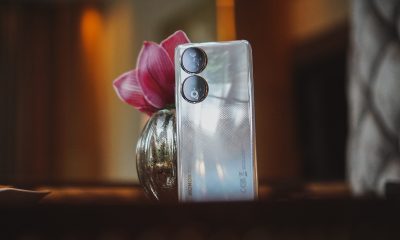
 Reviews2 weeks ago
Reviews2 weeks agoHONOR 90 review: Simply bedazzling
-

 Gaming2 weeks ago
Gaming2 weeks agoRefurbished Steam Decks are now available through Valve
-

 Health2 weeks ago
Health2 weeks agoRedmi Watch 3 Active: Basic but better
-

 Gaming2 weeks ago
Gaming2 weeks agoRockstar officially partners with Grand Theft Auto V roleplay servers
-

 Gaming2 weeks ago
Gaming2 weeks agoPlayStation 5 Slim supposedly leaked online
-

 Entertainment2 weeks ago
Entertainment2 weeks agoCatch Cinemalaya 2023 films at Ayala Malls this weekend
-
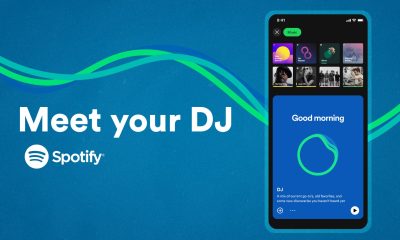
 Apps2 weeks ago
Apps2 weeks agoSpotify DJ feature now available in the Philippines

